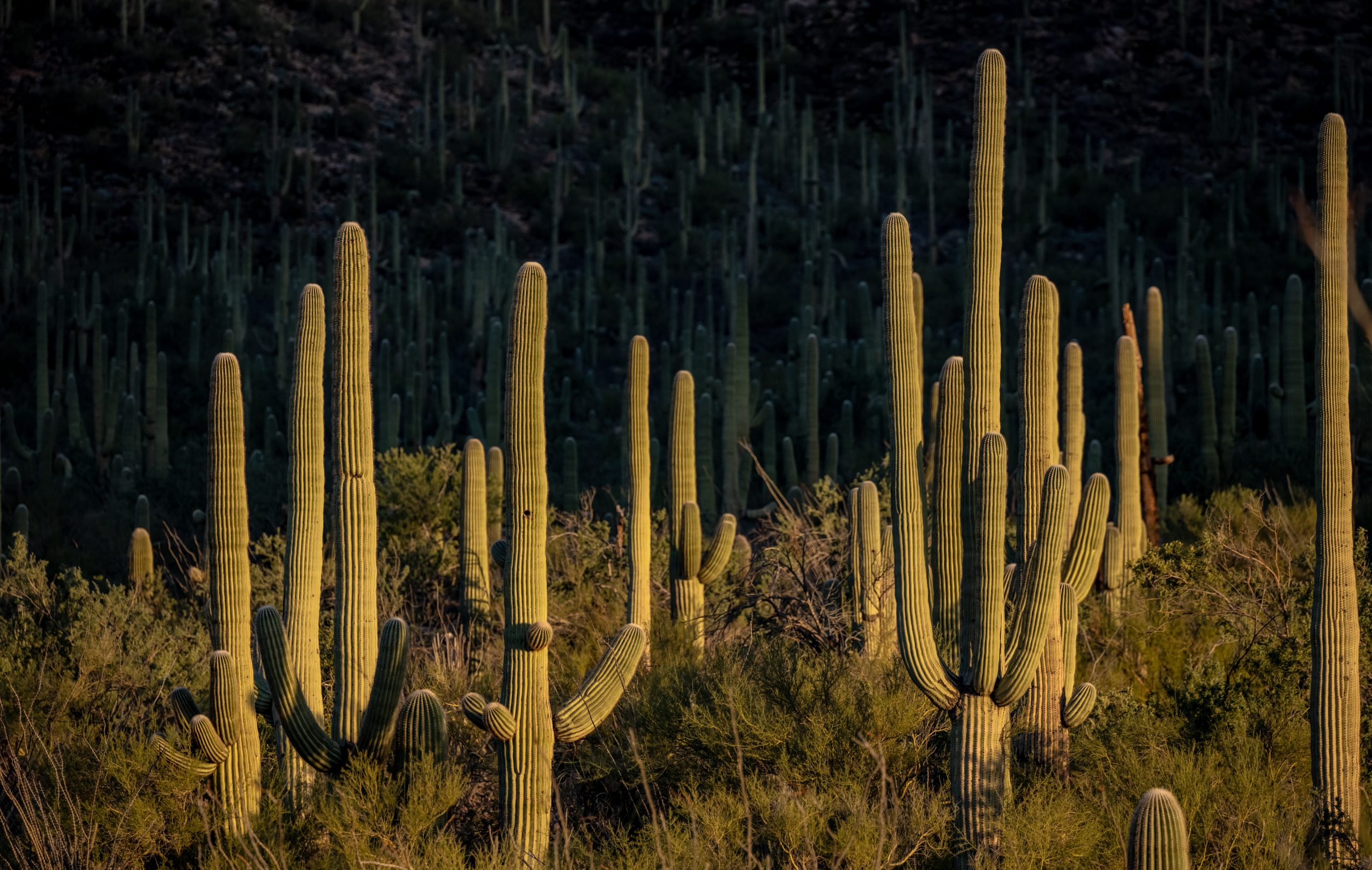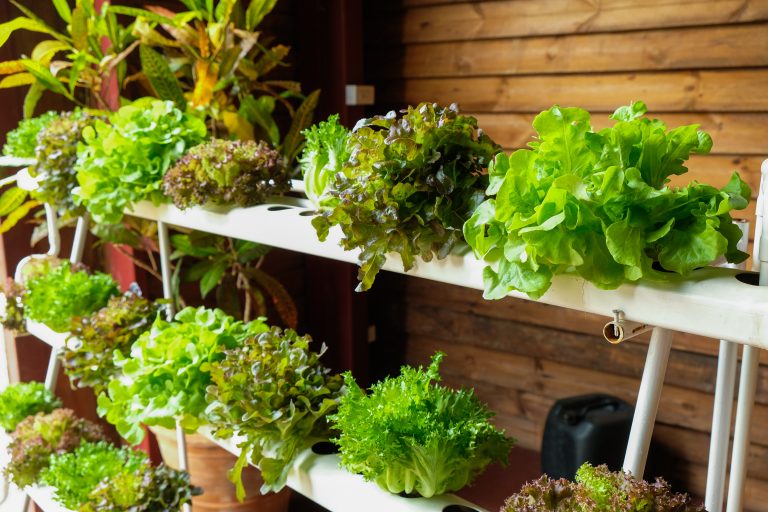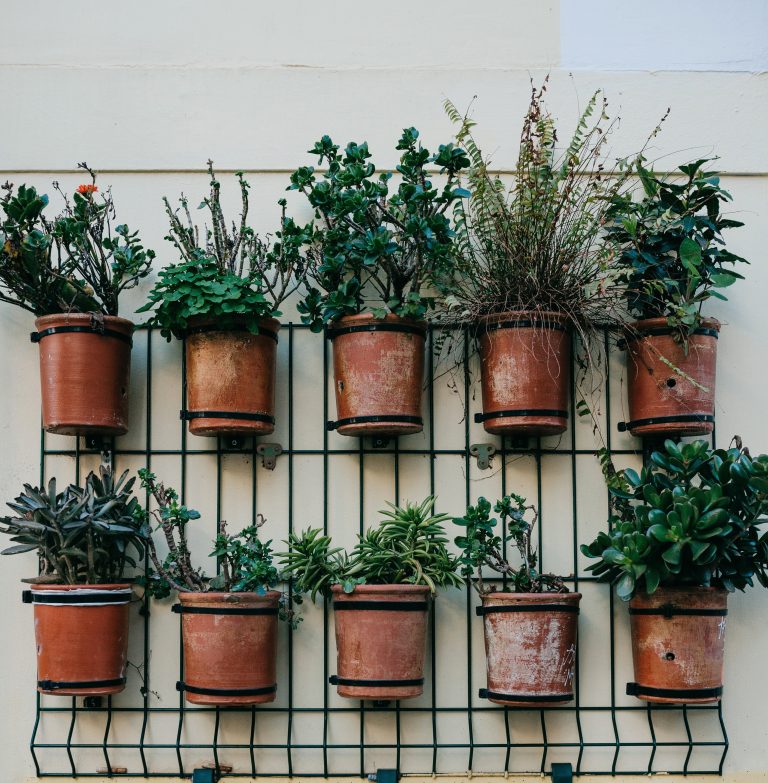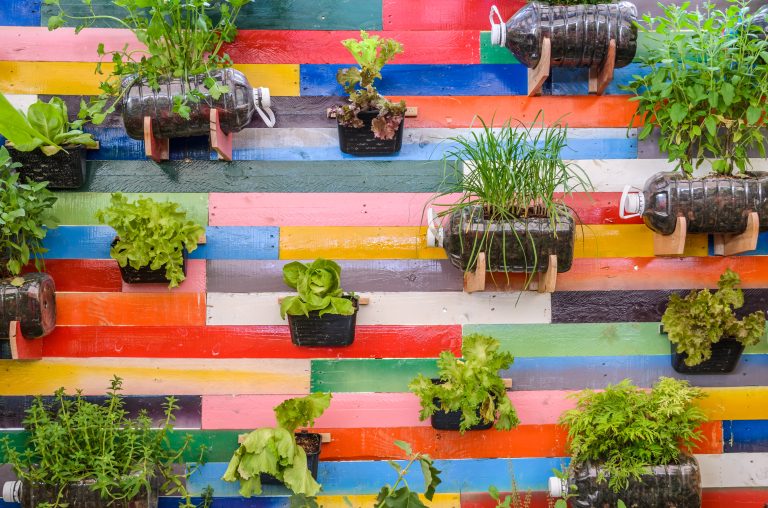5 Super Tough Plants: The World’s Most Resilient Flora

Ever marvel at the sheer tenacity of nature? Today, we’re diving into the world of plants that scoff at the word “surrender,” showcasing five botanical warriors that thrive where others barely survive.
Resilience in plants goes beyond surviving temporary challenges. It’s the ability to endure the toughest conditions for years on end. Adapted to harsh environments, from deserts to coastlines, these green warriors showcase a dance of adaptation and survival, making them champions in nature’s relentless ballet.
1. Welwitschia Mirabilis

The Welwitschia Mirabilis is a living fossil, so bizarre that it looks like it belongs on an alien planet. Sporting only two leaves that grow continuously throughout its life, this plant can live for over a thousand years. Its leaves twist and tangle into a chaotic mess, giving it a rather unruly appearance. But don’t let its looks deceive you—this is one of the toughest plants on the planet.
Rooted in the Namib Desert—one of the oldest and driest deserts in the world—Welwitschia Mirabilis is no stranger to adversity. It survives on the fog that rolls in from the Atlantic, a lifeline in a place where rainfall is as rare as a polite debate on the internet. The plant’s deep taproot and broad leaves are masterfully designed to capture and channel every precious droplet of moisture it can get.
Hey hey! Don’t forget to subscribe to get our best content 🙂
2. Saguaro Cactus

The Saguaro Cactus is the quintessential icon of the American Southwest, standing tall with arms reaching toward the sky. These giants can grow over 40 feet tall and live up to 200 years. They’re not just tough; they’re the stoic sentinels of the desert, surviving where others would wither away quicker than ice cream on a hot sidewalk.
In the Sonoran Desert, temperatures can soar to over 100 degrees Fahrenheit, but the Saguaro is unfazed. It’s got an expandable trunk to store water from the infrequent, yet torrential, rains. Its spines provide shade and reduce water loss, a clever bit of natural engineering. Plus, it’s got a knack for only blooming at night, avoiding the scorching daytime sun.
3. Water Bear Moss
Don’t let the name fool you; the Water Bear Moss (more formally known as Syntrichia caninervis) isn’t a cuddly critter, but it’s just as resilient. This moss can survive complete desiccation, bouncing back to life with just a drop of water. It’s like the ultimate comeback kid of the plant world—give it a bit of moisture, and it’s back in the game.
The Water Bear Moss thrives in environments that would make other plants throw in the towel (if plants had towels, that is). It can withstand extreme temperatures, radiation, and even the vacuum of space. Yes, space. This little plant hitched a ride on a space shuttle and lived to tell the tale.
4. Resurrection Fern

The Resurrection Fern is a master of the disappearing act. It can dry up to a brown, lifeless curl during droughts, looking as if it’s met its maker. But, give it water, and it miraculously unfurls its fronds, green and vibrant as if it hadn’t been a crispy critter just hours before.
This fern’s party trick is due to highly specialized cells that can lose up to 97% of their moisture and still bounce back. It’s a bit like having the ability to take a long nap when times get tough and wake up refreshed when conditions improve. The Resurrection Fern clings to life on tree branches, a testament to its incredible survival strategy.
5. Baobab Tree

The Baobab Tree, often called the “Tree of Life,” is the botanical equivalent of a survivalist with a stockpile of resources. These trees can store thousands of liters of water in their bulbous trunks, making them indispensable in the arid landscapes of Africa. Plus, they can live for thousands of years, becoming legends in their own right.
In the savannas, where water is as precious as a winning lottery ticket, Baobabs have adapted to make the most of every raindrop. Their thick, fire-resistant bark and ability to regenerate even when hollow make them the Chuck Norris of the plant world—they’re nearly indestructible.
Caring for Hardy Plants
While we can’t all grow Welwitschias or Baobabs in our backyards, we can take inspiration from their resilience. Caring for hardy plants often means understanding their origins and mimicking those conditions as closely as possible. It’s about more than just watering and sunlight; it’s about respecting the plant’s individual needs and adapting our care to suit them.
Benefits of Resilient Flora
Resilient plants are a reminder of nature’s incredible adaptability and serve as a source of inspiration for us gardeners. They can beautify harsh landscapes, provide habitats for wildlife, and even teach us a thing or two about survival. Plus, they’re low-maintenance, which means more time sipping lemonade and admiring your garden, and less time wrestling with finicky flowers.
Conclusion: Nature’s Endurance
The plant world is full of unsung heroes that endure against all odds. These five resilient plants remind us that, with a bit of grit and adaptability, life finds a way to flourish. They stand as green beacons of hope, proving that even in the most challenging conditions, growth and perseverance are always possible.
As we bid farewell to these botanical tough cookies, let’s carry their lessons of resilience into our own lives and gardens. After all, if a plant can thrive in the vacuum of space, surely we can tackle a few weeds, right?






